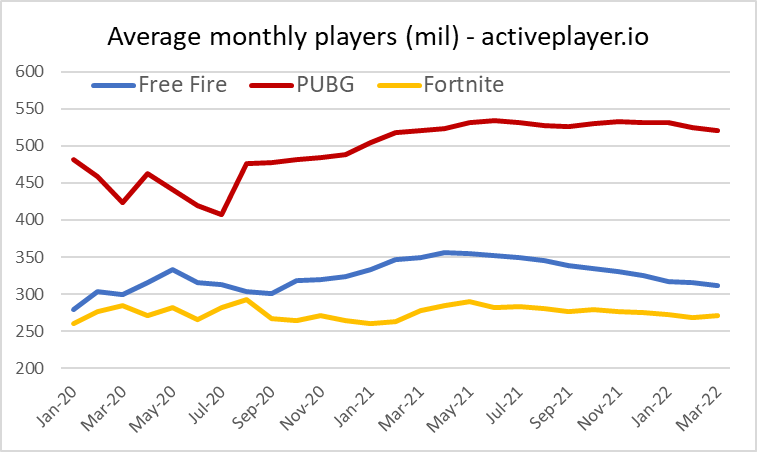
Michael Mauboussin's 2014 paper on Calculating ROIC is an excellent guide to just about everything you need to know about this important metric and how to make sense of it. Here are my summary notes from reading it: 

ROIC is a key indicator of a company's ability to create value, its competitive advantages and capital efficiency. What's important is:
1) the absolute spread between the ROIC and the WACC, and
2) how much capital can be deployed at that spread (reinvestment rate)
1) the absolute spread between the ROIC and the WACC, and
2) how much capital can be deployed at that spread (reinvestment rate)
ROIC = NOPAT / Invested Capital (IC)
where NOPAT = EBIT - Cash taxes (ie. cash earnings before financing)
IC can be thought of in two ways:
1) the net assets a company needs to operate
2) the amount of financing a company's capital holders need to supply to fund the net assets
where NOPAT = EBIT - Cash taxes (ie. cash earnings before financing)
IC can be thought of in two ways:
1) the net assets a company needs to operate
2) the amount of financing a company's capital holders need to supply to fund the net assets

There are a few practical issues however.
Firstly - excess cash.
He argues you should exclude excess cash and only consider the cash a company needs to operate. This ensures separation between the operating efficiency of the biz and capital allocation decisions (buybacks etc)
Firstly - excess cash.
He argues you should exclude excess cash and only consider the cash a company needs to operate. This ensures separation between the operating efficiency of the biz and capital allocation decisions (buybacks etc)
I think this makes sense in theory however in practice it becomes quite subjective - what you consider to be excess cash? Think about all the large tech companies and the big cash piles they are sitting on. He provides some guidelines below: 

Next is goodwill. If there's been M&A then the goodwill on the BS may have a large impact on IC & ROIC as shown in the Cisco example below. If you don’t expect many large deals going fwd, then the operating ROIC (ex-goodwill) may provide a better picture of incremental returns 

If you expect the company to be acquisitive, then the fully loaded ROIC incl goodwill may be more relevant, however there is more complexity here because as outlined in his note below, ROIC isn’t a good way to assess M&A (too low initially, too high in later years) 

What matters actually is not just the absolute ROIC but the change in ROIC – Return on Incremental Capital (ROIIC), as this gives a sense of incremental return on new investments and the direction that the overall ROIC is trending 

Due to the volatility in annual ROIIC, it may make sense to calculate ROIIC on a rolling 3-5 year basis, as shown in the Cisco example below 

ROIC can help shed light on a company’s competitive advantages and strategy. There are broadly two sources of competitive advantage:
- Consumer advantage: habits, high switching costs, search costs etc
- Production advantage: scale and cost advantage, access to inputs, IP etc
- Consumer advantage: habits, high switching costs, search costs etc
- Production advantage: scale and cost advantage, access to inputs, IP etc
By breaking down ROIC into its two components - NOPAT margin and capital turnover - we can glean insights into a company’s competitive advantages: 

For example, a business that has a high ROIC due to a low margin but a high sales/capital turnover, like a low cost retailer, probably has some key advantages on the production side which should be analysed
A business that has a high ROIC due to a high margin but low sales turnover, like a luxury brand, probably has some key advantages on the consumer side which should be analysed
The below chart summarises these relationships:
The below chart summarises these relationships:

Finally, ROIC is a key driver of valuation, something that is often forgotten when ascribing multiples to a business: 

Link to the full paper below
research-doc.credit-suisse.com/docView?langua…
research-doc.credit-suisse.com/docView?langua…
• • •
Missing some Tweet in this thread? You can try to
force a refresh

















